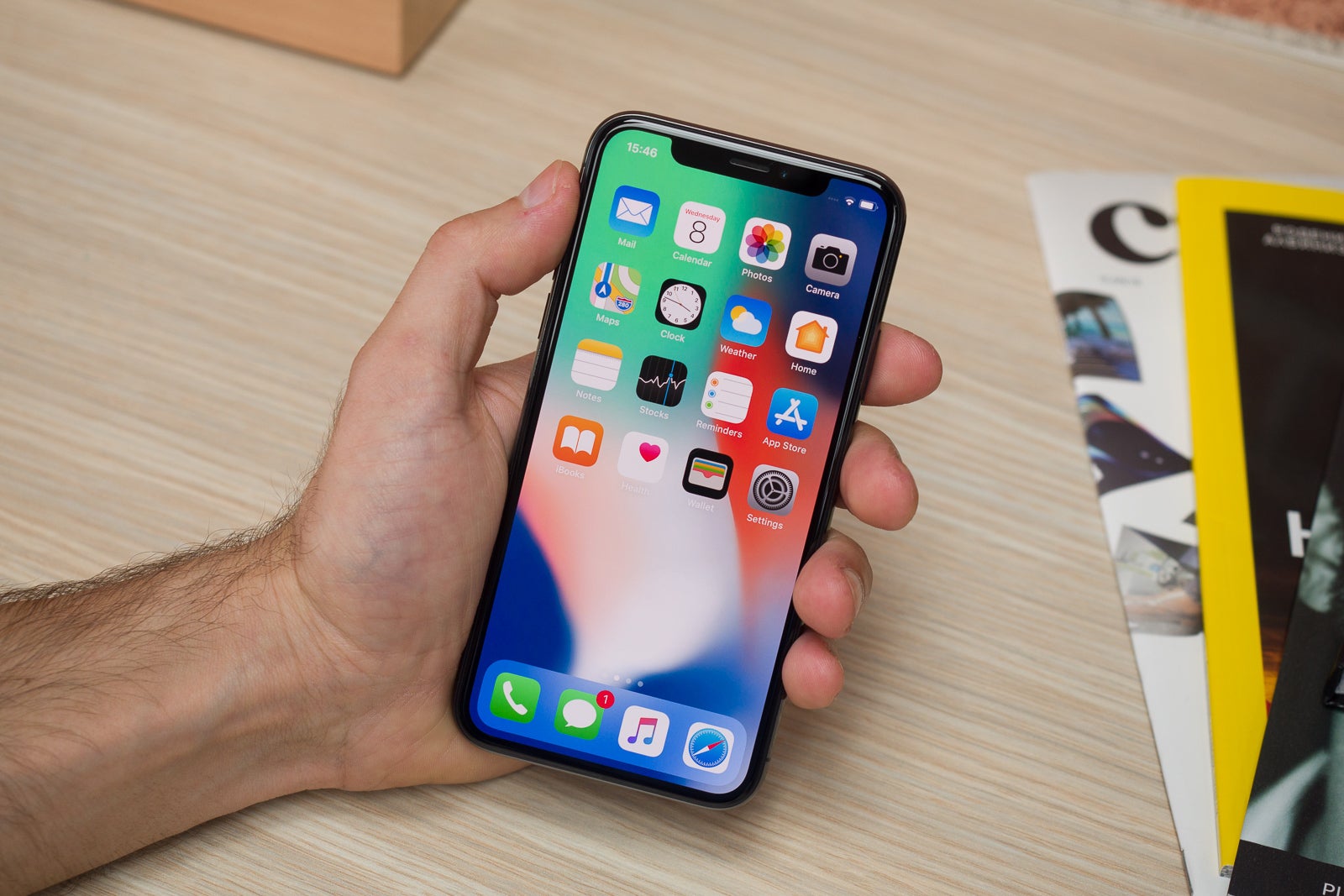Tariffs are coming for the iPhone, but Apple has a four-part strategy already in place

Image source — Apple / Edited with AI

The iPhone cost has been steadily around $999 USD since the iPhone X. | Image credit — PhoneArena"
Here’s what’s making this moment different: the new tariffs aren’t just targeting China, but also countries Apple has spent years shifting toward in a bid to reduce reliance on Chinese manufacturing. Now, those same fallback locations are being hit too.
For reference, here’s a quick breakdown of the new tariff rates hitting Apple’s key manufacturing regions:
• India (iPhones, AirPods): 26%
• Vietnam (iPads, Macs, Watches, AirPods): 46%
• Malaysia (Macs): 24%
• Thailand (Macs): 37%
• Ireland (iMacs): 20%
• Indonesia (AirTags, AirPods Max parts): 32%
• China (across all devices): 54%
The bottom line? Apple’s global diversification efforts haven’t insulated it nearly as much as it had hoped. So now, the company needs a game plan — fast. Gurman reports that Apple is likely to lean on a four-part strategy to avoid passing these new costs directly to consumers, at least in the short term.
What is Apple's likely four-part strategy?
These are the four strategies that Gurman says Apple is likely to follow to combat tariffs:- First, Apple is expected to pressure suppliers to offer better rates on components and assembly. The company’s long-standing leverage over partners gives it some room to negotiate.
- Second, Apple might absorb a small portion of the extra costs itself — with healthy hardware margins around 45%, it has some wiggle room.
- Third, internal discussions are reportedly happening about adjusting iPhone pricing, though Apple may try to avoid making price the headline for the iPhone 17 this fall.
- And finally, there’s an ongoing push to expand production in countries like Brazil and India that aren’t seeing the same steep tariffs — though scaling up there quickly won’t be easy, especially for Pro-level devices.
Are other smartphone OEMs going to be hit as hard?
Not likely. Samsung still builds in South Korea and Vietnam, and Google’s hardware team has been expanding its footprint in India. If Apple is forced to raise prices and its rivals aren’t, that could give others a temporary advantage — especially in price-sensitive segments.If Apple ends up quietly raising the base iPhone 17 Pro price, maybe by tweaking storage tiers again or introducing a new Pro feature that justifies it, it could escape major backlash. But if prices go up too noticeably, that might end up being the bigger story — and not in the way Apple would want.










Things that are NOT allowed: